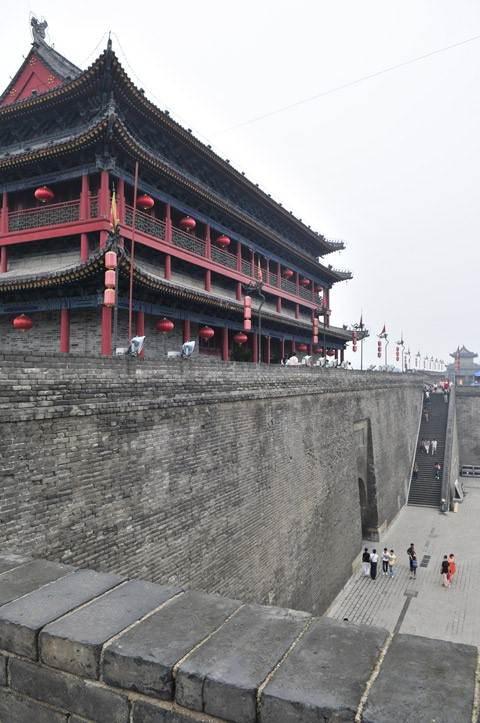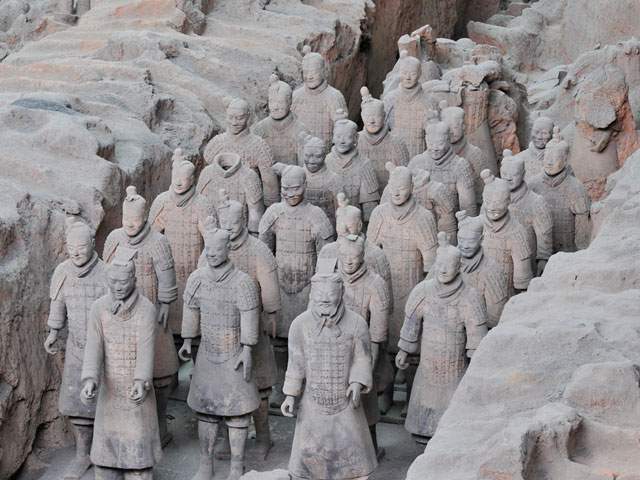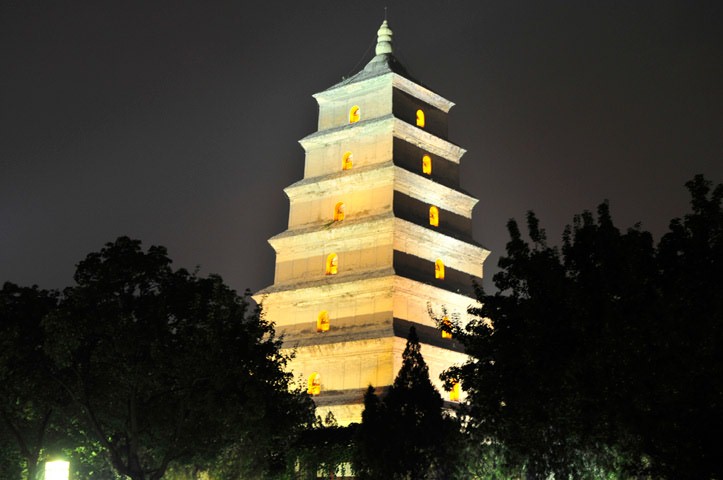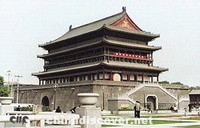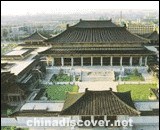Xi'an City Wall
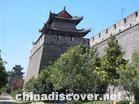
Overview
It's amazing how Xi'an history envelops you, when biking atop the old City Wall and enjoying a great view of the city. Xi'an's gray City Walls are imposing and built to keep out bandits and barbarians. The massive walls measure 12m high and 16m wide at the base, tapering to 12m to 14m and is 13.74km in circumference. Towers at each corner of the walls have defensive towers jutting out along the length of the walls. The surviving walls, built on Tang dynasty foundations, date to the Ming dynasty and were built during the 14th century. Parts of the wall have been destroyed and the wall is incomplete but many sections remain or have been rebuilt. You can get up on the walls at any gate at the compass points. The scenery at the south gate is the best.
Know more
The wall was originally built with layers of dirt, with the base layer consisting of lime and glutinous rice extract. The wall was restored three times, starting from the 16th century until the 20th century. The wall has four gates and stands 12 meters (40 feet) tall, 12-14 meters (40-46 feet) wide at the top and 15-18 meters (50-60 feet) thick at the bottom. It covers 13.7 kilometers (8.5 miles) in length with a deep moat surrounding it. It has a rampart at every 120 metre, a total of 98 ramparts. Each rampart is equipped with a sentry building.
North Gate
Anyuan Gate, at the end of Welcome Avenue, is the must entry gate to the City from the airport and the central station. According to the historic records, when the honoured guests arrived at the gate, several armored guards would stand on the both sides, chanting "Open the Gate" at the same time and pulling the 2 scarlet doors out, meanwhile, guided by the ladies with lanterns in their hands, the officers would present the "welcoming wines" and issue the "visa" to every guest, then the guests would be allowed to walk on the red carpet, guarded by the officers and ladies to enter the city, then another officer would chop his "visa" with a scarlet seal. This is truly the special welcome ceremony of the Tang Dynasty.
South Gate
The south gate, named Yongning, is the most beautifully decorated one. It is located next to the Bell Tower, center of the city. Important ceremonies organized by the Provincial Government are usually held in the south gate square.
At night, on the Suspension - bridge Square outside the south gate of the City Wall, a mysterious scene is revealed before your eyes: banners and flags are fluttering, red lanterns are hung. Trumpets are blown; drums are beaten, accompanied by elegant and majestic music. The mighty guards of honor march out to host the guests, followed by civil and military officials, foreign envoys and beauties holding lanterns. Women in the style of Tang Dynasty beauties dance gracefully as they present their honored guests with flowers and fruits.
The classical marching-in ceremony imitating the ancient times introduced by Xi'an City Wall Renovation and Protection Committee is a kind of tourist program devised on the basis of Chinese traditional reception rites and the rites practiced in the Tang Dynasty, it fully demonstrates the hospitality of Xi'an people towards distinguished guests. Joining the ceremony. One can experience personally the elements of the Chinese history and culture. The marching- in ceremony is really a grand ceremony held in the city of rites.
Must see
South of the City Walls is the brick Big Wild Goose Pagoda in the Temple of Great Maternal Grace complex. The temple was built in A.D 648 by Tang emperor Gaozong as an act of filial piety to honor his mother. The temple was destroyed after the fall of the Tang dynasty and the present buildings, mainly fro the Qing dynasty, have been recently renovated.
Located in Muslim district along Huajue Lane, the Great Mosque is short walk from the Drum Tower and the Bell Tower at the center of town. The mosque, which is still an active placeof worship and was established by the Tang dynasty in A.D 742 for Muslim traders from Central Asia who settled in Xi'an.
To the south of the City Walls, northwest of the Big Wild Goose Pagoda, is the Shaanxi History Museum which opened in 1991, is the largest comprehensive museum in the province. The museum exhibits over 3,000 historical relics, a small fraction of their collection, ranging from 115,000-year-old prehistoric artifacts to items from the Opium Wars of the 1840's.
